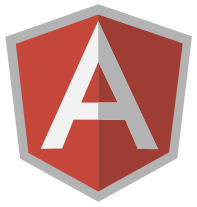Second month of training for first marathon
About two month ago I did sign up for my first marathon and started to focus my training for that event. In my previous post I defined a simple way to measure my progress towards the goal, running the marathon distance. Another month has passed and here is my updated report. It was not a great month for training, as we did move to Berlin and a had a bad cold for almost 2 weeks. Both things did collide with my training schedule. But let’s have a closer look at the state of affairs: ...


